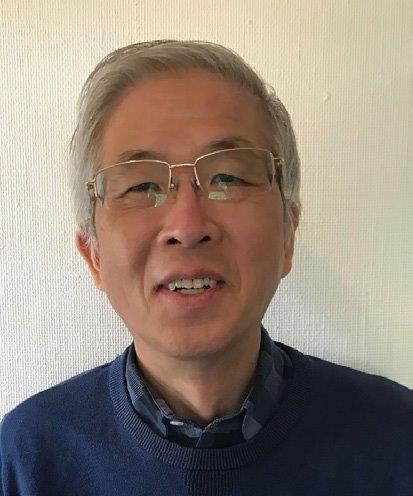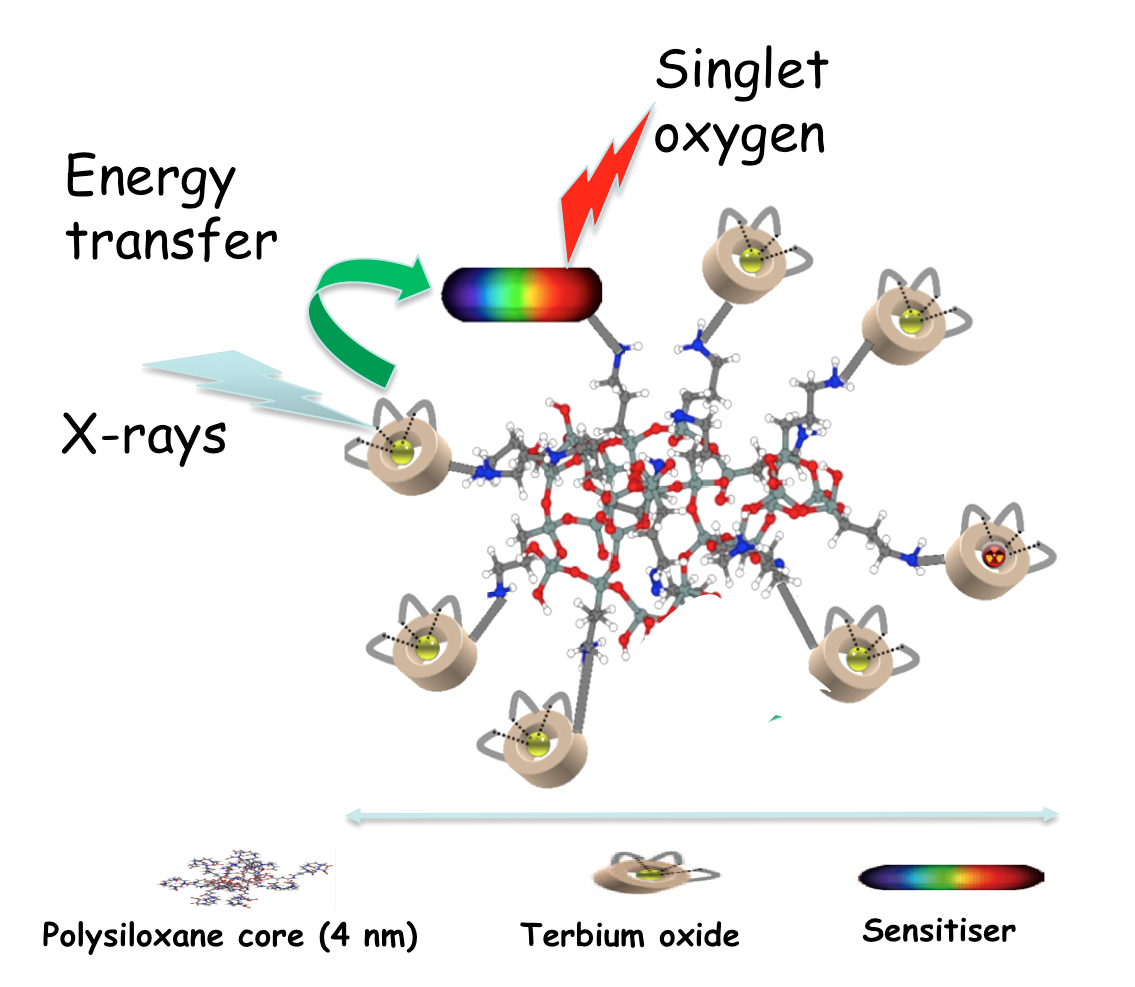Quian Peng's research group: Photodynamic Therapy and Photodetection

Group leader
Research activities of this group focus on the combination of radiation (X-ray, UV-A, visible light, ultrasound) with radio-/photo-/sono-sensitisers and/or nanoparticles to develop diagnostic and therapeutic (nano)technologies. For example, photodynamic therapy (PDT) of cancer is a two-step therapeutic technology in which the topical or systemic delivery of a tumour-localising photosensitiser is followed by irradiation with visible light. The light- absorbed photosensitiser then transfers the light energy to molecular oxygen, generating reactive oxygen species that kill tumour cells. The absorbed energy of the photosensitiser can also be released via fluorescence, which can be utilised for the photodetection of tumour.

